|
“Neville’s Island” by Tim Firth
Directed by Richard Parish Presented by The Lighted Fools at the Mill Studio, Guildford The Mill Studio’s intimate space turned out to be a perfect home for this play with four-man cast, castaways on a tiny foggy island in winter in the middle of Derwentwater. It didn’t matter that the fog couldn’t be manifested (on the previous night it had precipitated a full-scale fire alarm and evacuation of the building, we were told!) Tim Firth’s excellent writing of his characters was complemented by the acting skills of the Lighted Fools, a company amateur in name only. From the start we’re laughing as these middle-aged, middle-class middle managers (as Angus the finance manager moans) struggle to deal with the physical problems and the even more challenging psychological problems of the “team-building” exercise that their Salford employers have set up. Being shipwrecked on a cold desert island with no food or shelter is a genuine test of the four men’s co-operation, particularly for Gordon (David Webb), self-made man, individualist and bully, who reluctantly bears responsibility for having lost the team’s provision of food in the lake. Team-leader Neville, the marketing manager (David Hemsley-Brown), is an instinctive peace-maker faced with ever more pressure to protect the team as Gordon verbally attacks his team-mates: repressed, socially inept Angus (Graham Collier) and the fragile Christian, Roy (Nick Lund), who is intent only on bird-watching and praying, it seems. Angus’ rucksack is a cornucopia of everything they might need, except food: camping gadgets, cooking utensils, a self-lighting stove (which he only thinks to reveal after hours of boy-scout fire-lighting technique have failed) and a large knife that we guess will play a decisive part in the play’s dénouement. He even carries a flare – but there’s a firework display on the Derwent shore! Their troubled sleep is disturbed by the lights of the ferry – but the karaoke on board drowns their cries for help. As the old saying goes, everything in their favour is against them! Suspense mounts in the second half as these disparate characters interact ever more desperately with each other and the unfamiliar environment. The humour is wonderful and the dénouement is unexpected and yet totally in tune with the tragi-comic tone of the rest of the play. I’ll give away no more. Go and see the Lighted Fools, wherever they present “Neville’s Island.” The professionals at the Duke of York’s Theatre, where it’s still playing in London, can do no better than this.
0 Comments
The Guildford Shakespeare Company are offering a rare entertainment in the ancient church of St. Mary’s in Quarry Street, Guildford, with “The Canterbury Tales”. The tower of this ancient church probably stood on its present spot when real Canterbury Pilgrims passed through Guildford at the end of the 14th Century. This month its nave has become an elegant theatre in the round.
The innovative GSC have rewritten seven of Chaucer’s tales for a 21st century audience. Sexual rivalry, bawdy ribaldry, vanity, greed, chivalry, the cruelty of the gods, flatulence, slapstick, Renaissance poetry, a moving interlude of flute and violin music and a hearty self-help therapy session ... quite a lot to pack into one evening. Add over-life-sized puppets and a certain amount of cross-dressing by both genders and you have the gist of the Guildford Shakespeare Company’s new production. The Knight’s Tale, told in elegant Dryden-inspired lines by Philip Benjamin, was followed by the contrasting Nun’s Priest’s Tale, ventriloquised by a sprightly Matthew Pinches with an Emu-like duck puppet. The audience thoroughly enjoyed their own part in the action, providing loud farmyard noises while the slavering Fox, (Ben Tolley puppeteering as the head, with a wonderful undulating tail played by Lauren Silver) chased vain Chanticleer around the stage, harassed the front row and was in turn tricked by the wily bird. Just as Chaucer’s Southwark innkeeper devised the idea of the tales as a story-telling contest, audiences are asked to vote for their favourite story at the end of each evening. This tale was voted best on the preview night. The honour could as well have gone to the Wife of Bath, Bea Holland, whose incarnation as a sexy middle-aged pop psychologist with an “interesting” past was a stroke of comic genius that won a lot of laughs and votes from the audience. Her survey of “What a woman most desires” conducted among the audience during the interval, sparked plenty of ideas and discussion! She also produced great comedy as a comically drunken thug in the creepy Pardoner’s tale told by Matthew Pinches in hypocritical mode and a greasy flaxen wig. The bawdy Miller’s Tale, narrated by diminutive, definitely female and feisty Lauren Silver in red beard and over-stuffed apron, and the scatological tale by the Summoner were played out lustily. The Tale of the Prioress in musical mime was the least accessible to anyone who was not familiar with Chaucer’s original story, but the music was very beautiful. Fast, fun and essentially true to the spirit of the originals, this is a series of vignettes to enjoy more than once for their wit and spontaneity, and an enlightening introduction to the content of Chaucer’s 14th Century stories. More information and tickets at Guildford Shakespeare Company I’d never been to the Green Room Theatre in Dorking before and was very intrigued when I was invited to review the DDOS production there of “The Hound of the Baskervilles” this week.
In the novel by Sir Arthur Conan Doyle, Sherlock Holmes uncovers a dastardly plot to murder a peer of the realm at Sir Henry’s recently inherited baronial hall on Dartmoor. Is Sir Henry Baskerville’s family really haunted by a demon hound that has caused the death of his father? I simply couldn’t guess how Conan Doyle’s narrative could be successfully transcribed for the small stage. I found answers to my doubts in this imaginative adaptation by Robert Hamilton (who also played Dr Watson’s role) and Sandra Grant’s ambitious and inventive direction, at this little gem of a playhouse next to the Leisure Centre at Dorking Halls. What makes this production so memorable for me is not the brave idea of using shadow puppetry to illustrate Dr Mortimer’s exposition of the origin of the Baskerville family’s historical curse, nor even the robot hound so reminiscent of the animals in “War Horse”. The pacey writing, the excellent casting and acting, and the full dramatic use of all the visual and sound effects available in this intimate theatre are what stay in the mind. The audience is very close and at one point surrounded by the action. There’s humour and suspense, sinister goings-on, and in the second half, real drama as the hunt for a howling demon spills out into the auditorium itself amid blood-curdling snarls from all sides! We’re utterly charmed by Robert Hamilton’s delightfully enthusiastic and twinkly Dr Watson, who is the principal narrator through a combination of letters, dramatic monologue and dialogue. His relationship with Don Brown’s aristocratic, egotistical and powerful Holmes is played by both with humour and ease. Michael J. Leopold effortlessly conveys the tall gawky naivety of young Sir Henry Baskerville; Olly Reeves’ Jack Stapleton is as flaky as a villain should be. Terence Mayne, Mike May and Brian Innes convincingly play the other male characters: my favourite role by Brian Innes is Mr Franklin, the Baskervilles’ eccentric litigious neighbour, played with an engaging skittishness. The principal female characters are played by Linda McMahon, Sophie Toyer and Victoria Brooks. Linda McMahon’s performance in the séance scene is particularly powerful (as is the whole cast’s ensemble performance there). Sandra Grant’s direction is intelligent and referential. With a smile of recognition we see tags of Holmes’ thoughts flash up on the backcloth as he talks Watson through his deductive process, recalling Benedict Cumberbatch’s Holmes. The living picture gallery scenes are reminiscent of Jean Cocteau’s surreal “Sleeping Beauty”, as are the anonymous servant figures silently handing props as needed to the actors (a letter, a hat, an envelope). This is an original and engaging theatrical experience. I shall certainly follow the work of this talented company and will look out for Robert Hamilton’s next adaptation for this excellent little theatre. Janice Windle 22/10/2014 - for "Get Surrey"
We spent the day at Jane Austen's House Museum today, at a one-day poetry workshop led by Maura Dooley. It was a brilliant experience and we all wrote a great deal. The theme was "Writing for Occasions" but it was definitely not designed for producing Patience-Strong-inspired birthday-card or Christmas-card ditties (as I had feared!). Maura, herself an excellent poet, brought our best personal work out of us with a variety of stimulating exercises. Here's one of the poems I wrote today - edited but probably not finished. It's a poem I wouldn't have written if I hadn't been at the workshop - that's a recommendation in itself, as far as I'm concerned. We're going back in December for Maura's next workshop in her role as Poet in Residence at the Jane Austen Museum, and so are most of the others who were there today. We can't wait!
|
Archives
March 2024
Categories
All
|
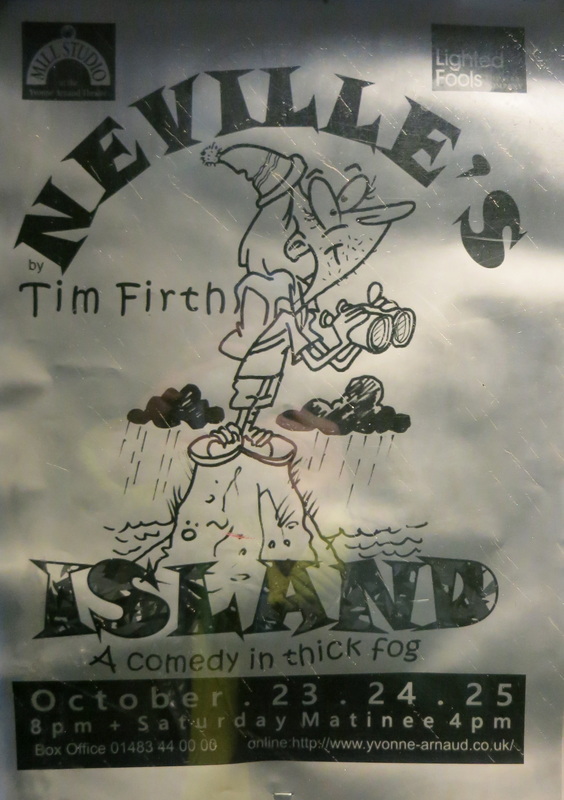
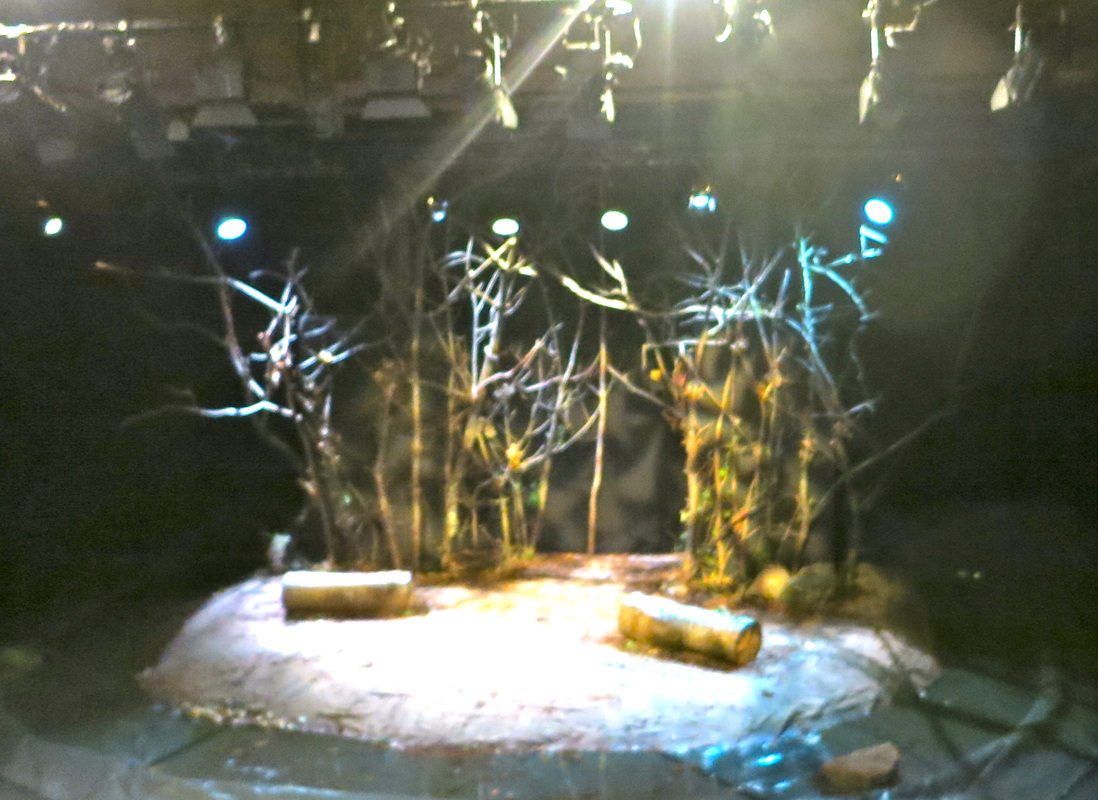
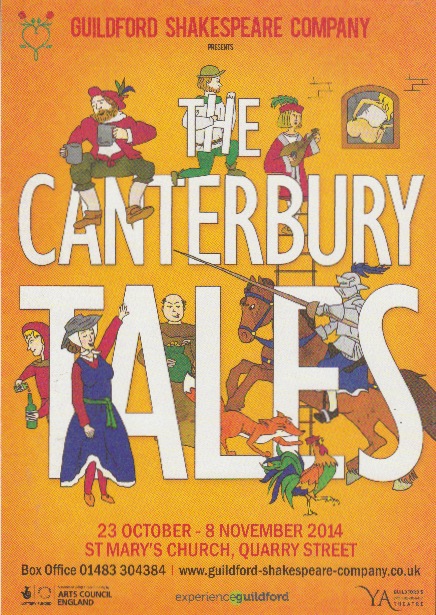
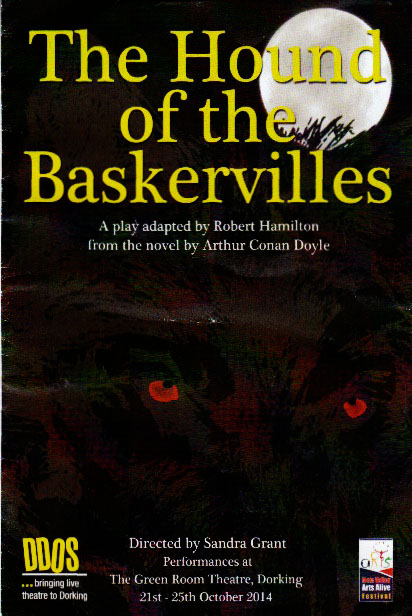
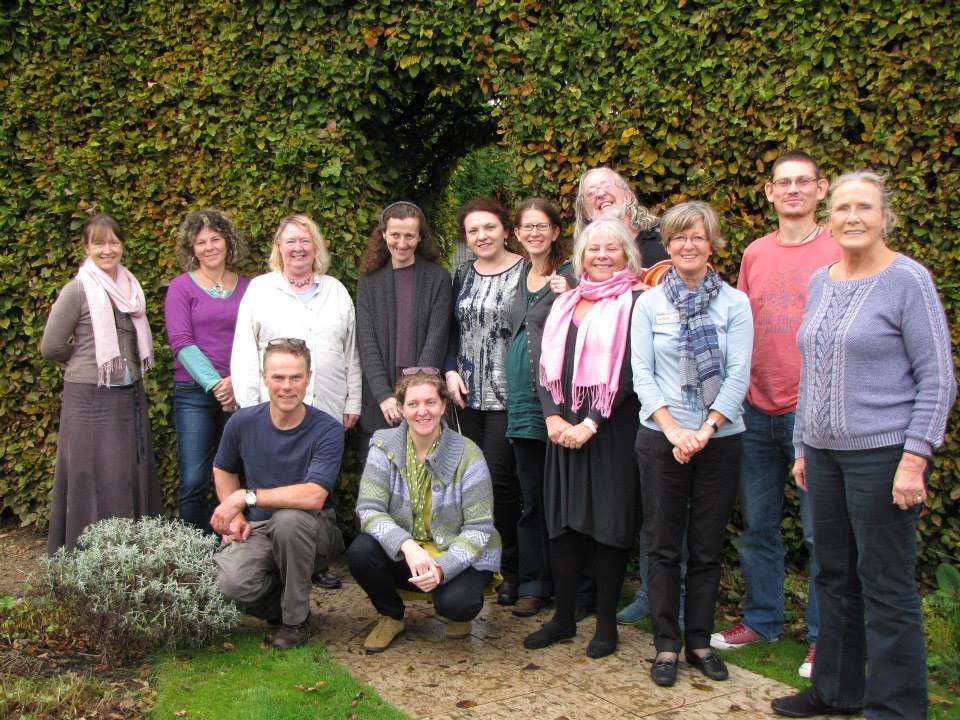
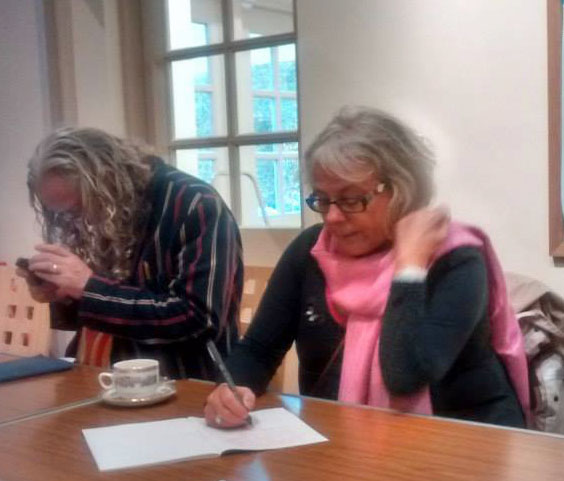
 RSS Feed
RSS Feed